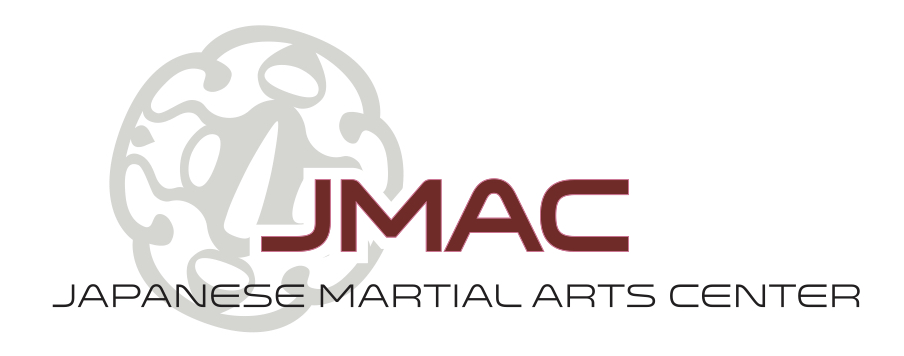Differences in Japanese Martial Arts Names: From Aikido to Jujutsu
|
Differences in Japanese Martial Art Names
|
||
|
The Difference Between “Budō” and “Bujutsu” |
||
|
Budō |
||
|
bu |
war |
Translation: martial way, way of war |
|
dō |
way, path |
|
|
Bujutsu |
||
|
bu |
war |
Translation: science of war, martial craft |
|
jutsu |
technique |
|
|
Budō focuses a lot on a “way of life” or a path. The word tends to refer to the more philosophical aspect of martial arts.
Bujutsu focuses on the technique and physical aspect of fighting. The study of bujutsu is a study on how to best defeat an enemy. |
||
|
The Differences Among “Daitō-ryū Aiki-jūjutsu”, “Aikido”, “Jūjutsu”, and “Judo” |
||
|
Daitō |
title of a mansion |
Translation: Great Eastern School |
|
ryū |
school |
|
|
ai |
joining, unifying, combing, fit |
Translation: to fit, join, or combine energy
Note: Not usually used outside of martial settings |
|
ki |
spirit, energy, mood, morale |
|
|
jū |
gentle, soft, supple, flexible, pliable, or yielding |
Translation: art of gentleness |
|
jutsu |
art, technique |
|
|
ai |
joining, unifying, combining, fit |
Translation: way of combining forces |
|
ki |
spirit, energy, mood, morale |
|
|
do |
way, practice |
|
|
jū |
gentle, soft, supple, flexible, pliable, or yielding |
Translation: gentle way |
|
do |
way, practice |
|
|
Daitō-ryū Aiki-jūjutsu was created circa 1900. The founder, Takeda Sokaku taught Morihei Ueshiba, the founder of aikido.
There are very few Aiki-jūjutsu records on the early schools, but the Daitō school can be traced to the early 1100’s.
Aikido and Jujutsu both originated from Aiki-jūjutsu. Aikido diverged from Daitō-ryū Aiki-jūjutsu in the late 1920’s. Jujutsu is considered the “hard” style of Aiki-jūjutsu, and was used by the military in the early 1600s.
Jigoro Kano founded judo in 1882. It originated from jujutsu. |
||
At the Ann Arbor Japanese Martial Arts Center, we teach Judo, Nihon Jujutsu, Iaido, and Karate.
For more information, call us at (734) 720-0330 or email info@japanesemartialartscenter.com.
